

Factory Direct Sales Halal Wholesale Japanese Fresh Mustard 1kg Dry Food Wasabi Powder For Sushi Product

Custom Packing And Private Label Pet Food Factory High Quality Natural Snacks Freeze Dried Pet Treat








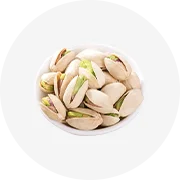

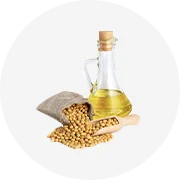

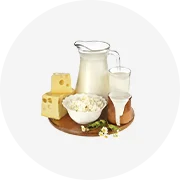
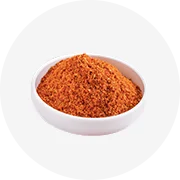

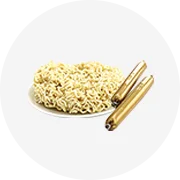


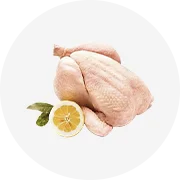

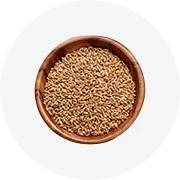
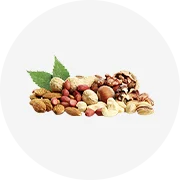

Your quest for quality dried food ends at Alibaba.com. Quench your thirst and put an end to hunger pangs with dried food. If you are looking for dried food to fulfill your business needs, you will not be disappointed.
Browse a massive selection of dried food at Alibaba.com. You can buy canned items, baked items, grain foods, confectioneries, snacks, condiments, and dairy products. You can also shop for meat, poultry, and seafood. Beverages at hand are a mix of soft drinks, energy drinks, herbal teas, detox drinks, fresh fruit and vegetable juice or pulp, and so forth. You can source them at better qualities than those offered by your average supplier. dried food are available in varying sizes, shapes, and packing. For instance, a liquid form suited for human consumption is also on hand in powdered form for industrial use. dried food free from any additives, artificial colors, GMO's, and pesticides are also readily available.
dried food wholesalers and suppliers furnish all the necessary details like place and manner of cultivation, maturity, shelf life, color, and form of products. Additionally, dried food details regarding certification, ingredient-list, nutritional value, features, taste, and packaging further help ascertain the quality you are looking for. Such facts will help you in making a well-informed decision while buying dried food.
Discover amazing dried food and deals with reliable sellers, only at Alibaba.com - a one-stop solution for all your business needs. Achieve your business goals. A lot of consumers across the globe are already buying. Don't miss out.